Max: The Curse Of Brotherhood – Gamescom Preview
by Ric
|
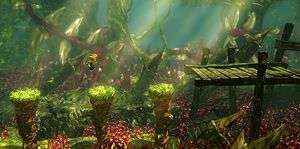 If you were to take one look at a screenshot of Max: The Curse of Brotherhood, you could be forgiven for thinking it is simply a children’s platformer with cute visuals and a young boy as the lead to appeal to a younger crowd. That was certainly my first impression. However, after spending some time playing it, with Lead Artist Lasse Middelbo Outzen guiding me through, I can wholeheartedly say that Max is instead a very clever, challenging and wonderful puzzle platformer.
If you were to take one look at a screenshot of Max: The Curse of Brotherhood, you could be forgiven for thinking it is simply a children’s platformer with cute visuals and a young boy as the lead to appeal to a younger crowd. That was certainly my first impression. However, after spending some time playing it, with Lead Artist Lasse Middelbo Outzen guiding me through, I can wholeheartedly say that Max is instead a very clever, challenging and wonderful puzzle platformer.
It all starts with Max returning home one day to find his little brother, Felix, messing with his toys on the floor in their bedroom. Tired of the annoyances brought on by his sibling, Max jumps onto “Giggle” (a play on Google which, yes, made me titter a little) and finds a spell to have his brother taken by a being of pure evil. Strangely enough, it works, and a portal opens, through which a giant hand kidnaps Felix, and Max jumps in after him. It’s a simple enough set-up, but the story isn’t where the meat of the game is – it’s the magic marker.
Shortly after jumping through the portal, Max meets an old woman who enchants his magic marker, the only thing he has on him, and makes it truly magic. My demo started a couple of levels after this event, and began with some straightforward platforming that was instantly familiar to anyone who’s played a game within the genre. But within minutes of starting, a bridge I was walking along collapsed, and I found myself on a platform at the bottom of huge chasm. This is where the magic marker comes into play.
 Certain areas in the world are able to be manipulated by Max’s marker, which is achieved by holding down the right trigger to bring up the marker, moving it over to one of the sparkly areas, and then holding A to select that area and manipulate the environment. In the chasm case, I was able to pull columns of earth out of the ground, simply by holding A and pushing up on the left stick. Each magic area has only a certain amount of magic usable, so you can’t just grab a piece of earth and pull it as high up as you want, and will instead have to rely on other magic areas or your own platforming skill to solve the puzzle and move on.
Certain areas in the world are able to be manipulated by Max’s marker, which is achieved by holding down the right trigger to bring up the marker, moving it over to one of the sparkly areas, and then holding A to select that area and manipulate the environment. In the chasm case, I was able to pull columns of earth out of the ground, simply by holding A and pushing up on the left stick. Each magic area has only a certain amount of magic usable, so you can’t just grab a piece of earth and pull it as high up as you want, and will instead have to rely on other magic areas or your own platforming skill to solve the puzzle and move on.
For the most part, the puzzles I saw that used just the earth power were fairly simple, but there are times where you’ll be chased down by monsters and have to use the magic marker quickly and effectively before they off you. Max can’t attack the monsters, and if they touch you then you’re dead, but the checkpointing system is very forgiving, so if you do die, you’re usually only sent back by one section, and are able to jump straight into the action and try again almost instantly. As Lasse told me, they’re aiming to make dying less of a bad thing, and make sure that players are able to go back and try something different with relatively little hassle.
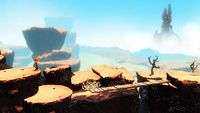 |
 |
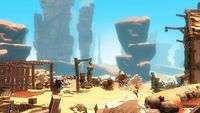 |
 |
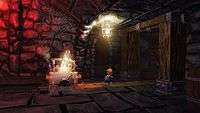 |
 |
Of course, checkpoints won’t help you if you’re just plain stuck on a tough puzzle. After breezing through most of the first level, I finally came upon a puzzle that left me stumped for a good five minutes. It wasn’t hugely frustrating however, and the solution lay in using the column-making mechanic to manipulate another object in the environment, something I hadn’t considered until Lasse hinted at it. There doesn’t seem to be any sort of in-game hint system, so should you get stuck and not have a dev handy, you may well be pulling your hair out for a while before the solution comes to you. And yet, it does feel particularly rewarding when you pull it off – there are no cheap tricks, and every puzzle appears to have been really well designed so that they are very much possible, even if it does take you a while.
 It’s not just about pulling columns out of the earth, however. We jumped ahead to a point around halfway through the game, where Max discovered a cavern leading to a pool of water that gave him another power – the ability to create jets of water. You can also actually draw the paths of these jet streams, which leads to you creating paths for Max to jump onto and be fired about the level to progress. On top of this, the ability to create vines and logs from certain magic spots had been granted, and I found myself using a combination of my new water powers with some vine creation to traverse the puzzles, which, while still relatively simple, likely because the level acted as a tutorial for the water power, still gave me a fair challenge. The final power, I was told, will be fire, and will allow you to set fire to some of your other creations, but sadly I didn’t get a chance to see it in action.
It’s not just about pulling columns out of the earth, however. We jumped ahead to a point around halfway through the game, where Max discovered a cavern leading to a pool of water that gave him another power – the ability to create jets of water. You can also actually draw the paths of these jet streams, which leads to you creating paths for Max to jump onto and be fired about the level to progress. On top of this, the ability to create vines and logs from certain magic spots had been granted, and I found myself using a combination of my new water powers with some vine creation to traverse the puzzles, which, while still relatively simple, likely because the level acted as a tutorial for the water power, still gave me a fair challenge. The final power, I was told, will be fire, and will allow you to set fire to some of your other creations, but sadly I didn’t get a chance to see it in action.
The world itself is as charming as the gameplay – at least to begin with. The opening level I saw was a vast desert wasteland with a handful of buildings, which eventually transitioned into a dark jungle filled with nasties. I was told that the world gets progressively darker and more evil as you progress, while still having their own distinct feel – the level I saw based around halfway through the game was dark,dank and filled with water, and apparently the final level will be a giant, horrible black castle. It’s a lovely progression, and one that will keep the game varied while also creating some consistency.
 |
 |
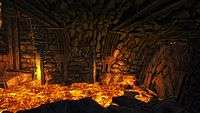 |
 |
 |
 |
My time with Max: The Curse of Brotherhood felt much too short, and I wanted to stay and keep going through what I’m told will be a six-to-eight-hour campaign. It’s a very exciting, clever game that will appeal to a wide audience, and I greatly look forward to playing it when it releases on XBLA and Xbox One early next year.
Last five articles by Ric
- Playing Rhiannon, With Rhiannon
- The Hidden Controversies of 2015
- Best of 2015: Tell No Tales
- Best of 2015: A Good Walk Spoiled By John
- Best of 2015: My Summer As A Drug Dealer
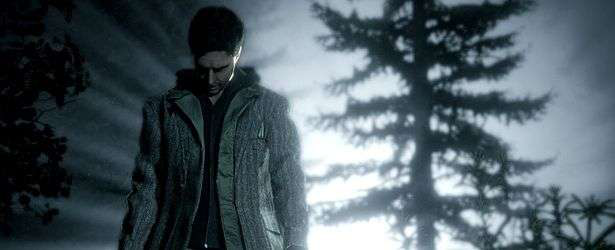
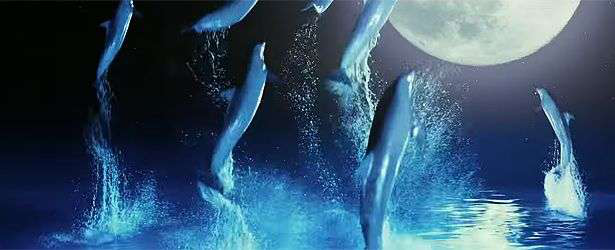
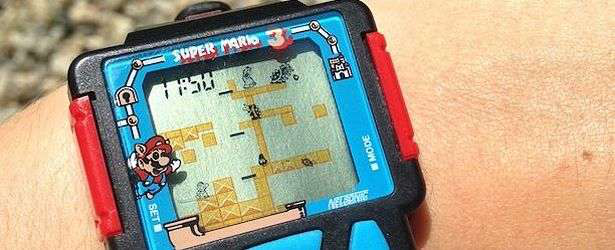


















There are no comments, yet.
Why don’t you be the first? Come on, you know you want to!